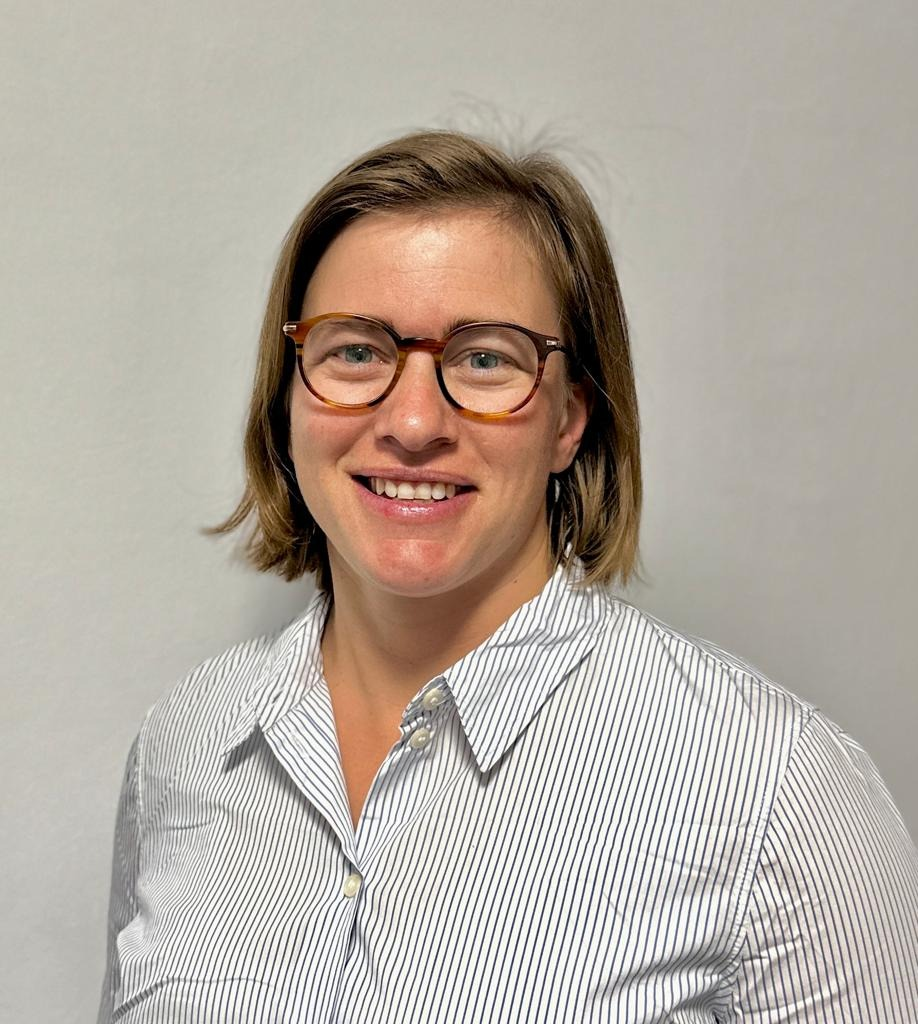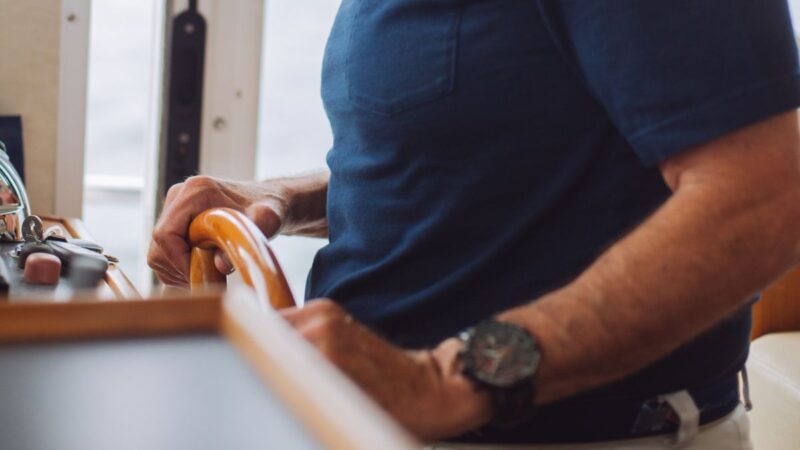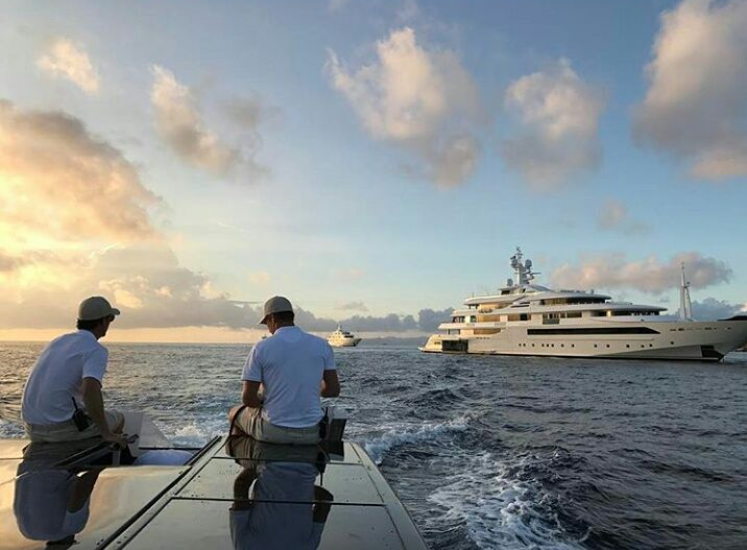In 2014, Ellie Younis first joined the superyacht industry as a temporary deckhand and just five years later, landed herself a Chief Officer gig.
Less than a decade since becoming a yachtie, Ellie gives us an insight into how her career progressed.
How did you go from temp deckhand to Chief Officer?
I joined yachting in 2014 as a temp deckhand on the same yacht that my brother was working on. At the end of my temp contract, I was lucky enough to be offered a full-time position. I spent a couple of years as a deckhand and then moved to a new 55m superyacht as Bosun. I spent three years working there, stepping up through the ranks to Chief Officer (CO). Since then, I have worked as build CO and temp CO and I’m now working in a rotational role.
What did you find most challenging in stepping up from 2nd Officer to Chief Officer role?
Being a Chief Officer comes with more responsibility, of course. But genereally speaking, it was quite daunting at the beginning, stepping up and realising that the crew (not just my department) were looking at me for advice and relied on me to make quick and correct decisions. I hadn’t been exposed to people management or leadership skills much before and to have a variety of people from different backgrounds, all with different goals and expectations, was quite a challenge.
What skillsets do you find you need as a Chief Officer that you didn’t have previously as you came up through the ranks?
Managing the best interests of the vessel and the crew at the same time. There was so much to learn ‘on the job’. Now, thinking back, there were skills that I didn’t even know existed or were needed, that I had to learn very quickly. You are stepping into the position of Chief Officer and you are now responsible for a whole department on a multimillion-dollar vessel. Straight away I was involved in discussions with the shipyard and responsible for quality control; I became the go-to person between the crew and the Captain as well as having to ensure my team was happy and motivated. It was all about balancing and focusing on the big picture.
How do you build a cohesive, productive, and disciplined team?
I was given some advice by a friend when I first became a Chief Officer which was never ask a crew member to do something you wouldn’t do. I have stuck by this and have seen how much of a difference it makes. Showing mutual respect to your fellow crew members and leading by example goes a long way.
What do you feel is lacking in deckhands entering the industry at the moment?
I don’t know if I would say lacking, but there is more exposure to the industry through social media that misrepresents the reality onboard and creates false expectations. It is a great job and we do get to have fun, but there are times when you have to dig in and graft. We have all been that person stuck on port watch when there is an epic dock party or stuck cleaning something we wish we didn’t have to.
If your long-term goal is to become a Captain, what do you plan on doing to make that transition as easy as possible?
My goal is to become Captain and over the years I have tried to absorb as much as I can while working onboard each yacht. I have learned from all the different departments and seen different management styles. I have selected what I believe to be the best approach to management and operations, implementing this into my working style.
I know the step from Chief Officer to Captain is the biggest I will make in my career, and it is not one to take lightly. I am not rushing into it and taking the time to make sure I feel comfortable and capable in all aspects of the role, before stepping up.
Is there any software or apps you utilise which streamline your job and you would recommend?
During shipyard periods or refits I use Pinpoint works. It can be used for work lists, defect lists, keeping track of where items are stored or if they have been sent away for works. Each department can use it so nothing gets lost or forgotten.
What advice would you give to any girls looking at a career on deck?
It can be very challenging at times, not just for girls but any crew member starting out. Getting your first job can be difficult but stick at it. Once you find that first job, really give it your all and absorb all you can to set yourself up for your future on deck. For the ladies looking to work on deck, there are more and more jobs opening and there are support and advice groups on Facebook like Girls on Deck. There are also mentorship programmes run through Legasea and great advice from the team at She of the Sea.
What has been the most challenging aspect of being a female Chief Officer from your experience?
There were challenges that I think all Chief Officers face regardless of gender but I personally haven’t experienced significant challenges as a female. The most difficult part, for me, as a female is at the hiring stage. Cabin arrangements make it difficult because most of the time the person leaving is a male so they would be sharing with another male. Don’t get me wrong, I completely respect same-sex cabins and I think it is so important for a person to feel comfortable in their own space; it’s the only place onboard that they can call their space where they can properly relax. It just makes it difficult when looking for a job.
What are your thoughts on the industry improving its stance on diversity?
When we discuss diversity in the industry, I think it is also important to include males in predominantly female positions too. I have only met a few male Chief Stews and they are also facing the same struggles as we are.
I think it is happening, probably slower than people would like, but it is happening. When I first started, I was told I would never get a job as a deckhand, but now, I have met so many females on deck and some in the engineering department. In the past nine years, I have seen diversity grow and more recruitment agencies pushing for candidates that are best suited to the position not based on their gender.




